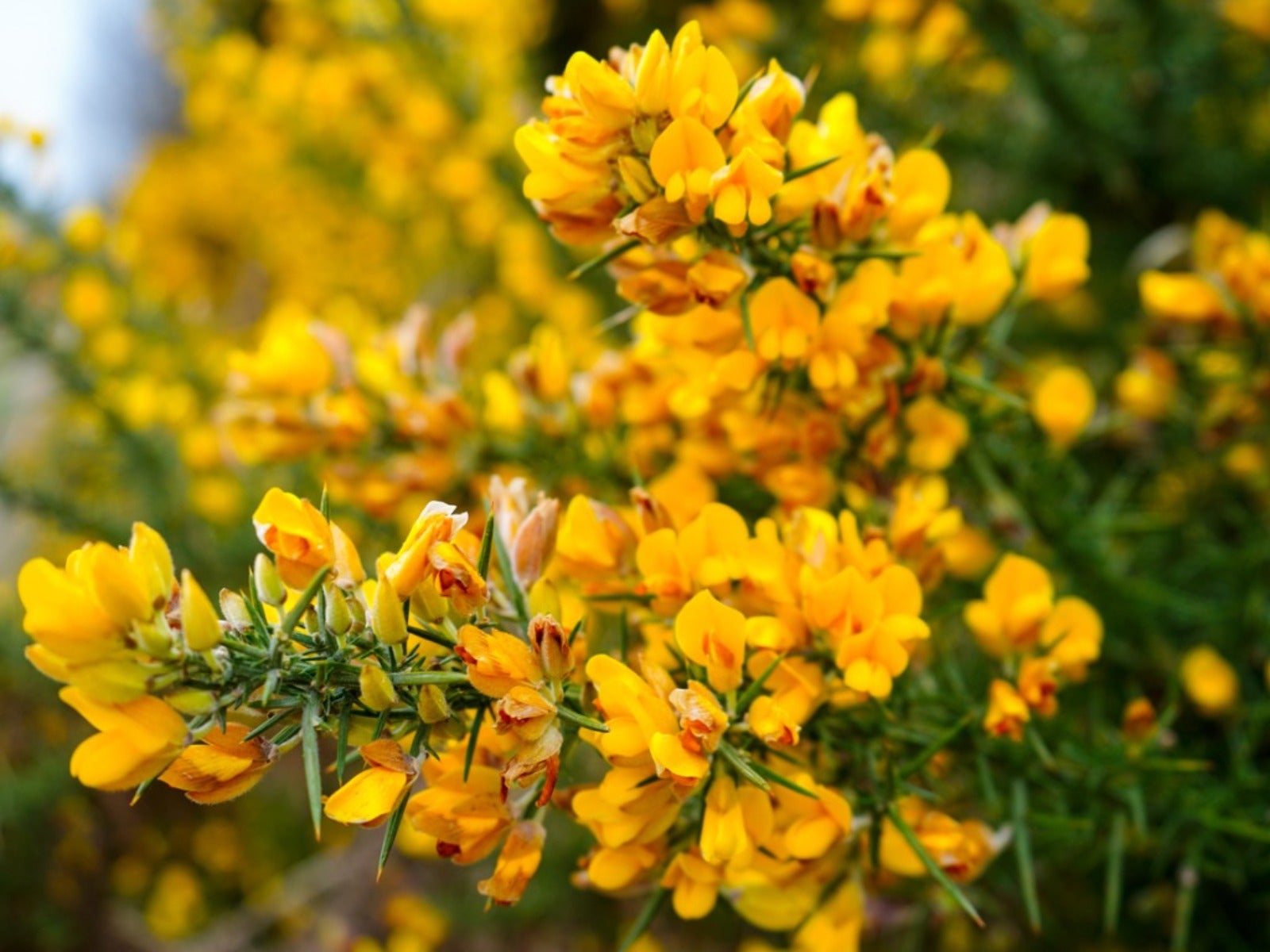Most Invasive Plants In California And The Western U.S.


California is lucky enough to house some 5,000 native plant species, giving it the greatest natural botanical diversity of any state. But it also has 1,500 non-native species that have become established here. More than a few of these are important invasive species of California. Nevada is also a western state with abundant native flora and some invasive non-natives too.
Non-Native Species in California
Invasive has a specific meaning when it comes to plants. It refers to plants that are normally not found in the wild in a particular region but have been introduced and naturalized there. These plants are not just passing through; they can survive and reproduce indefinitely in the new location without any human assistance.
If you cultivate non-native, naturalized plants in your garden and they remain there, they do not pose a problem. The ones that can do significant damage are those that spread away from their initial planting location and spread into wild areas or natural habitat. They are termed invasive because they “invade” and disrupt natural ecosystems.
Economic Damage of California Invasive Species
California invasive plants are a real threat to the state’s economy. Some invasive grasses of California endanger natural forage and reduce the quality of grass consumed by livestock. This can jeopardize animal health, which leads to human health issues as well.
Invasive grasses can also increase fire risks in California. Invasive aquatic weeds can impede access to water sources for livestock, impair the movement and navigation of private and commercial vessels, and block irrigation systems.
Ecological Damage of California Invasive Species
Invasive plants also endanger and damage California’s ecology in natural areas, causing dramatic changes that have a detrimental effect on both natural flora and wildlife. These plants are more adaptable than desired native species, which lets them move into a natural landscape and essentially take it over.
California invasive plants exhaust the region’s natural resources, including light, water, and nutrients. For example, the giant reed (Arundo donax) has infested the Santa Ana River in Southern California and uses 57,000 acre feet more water annually than the native vegetation used. They can also alter the fertility of the soil, promote soil erosion, and colonize mudflats crucial for the survival of shorebirds.
Gardening tips, videos, info and more delivered right to your inbox!
Sign up for the Gardening Know How newsletter today and receive a free copy of our e-book "How to Grow Delicious Tomatoes".
In addition, invasive non-native plants are detrimental to native insects, which are used to feeding on specific native plants. As the native plants are crowded out, the insect population diminishes and birds and reptiles are left without a primary source of nutrition.
The worst offenders are termed landscape transformers, since they cause substantial changes to the invaded habitat. These include saltcedar, (Tamarix ramosissima) and yellow starthistle (Centaurea solstitialis).
Invasive Species in Nevada
Of course, California does not have a monopoly on invasive plants. There are similar invasive species in Nevada that impact the landscape the same way that California invasive species do.
Non-native invasive plants are difficult to control in both California and Nevada. Their harmful impact is far reaching and they can damage the West economically and environmentally. Some of the worst offenders in Nevada include salt cedar, cheatgrass, knapweed, musk thistle, perennial pepperwood, and hoary cress. Many are threats to pastures and rangeland, out-competing native species.

Teo Spengler is a master gardener and a docent at the San Francisco Botanical Garden, where she hosts public tours. She has studied horticulture and written about nature, trees, plants, and gardening for more than two decades. Her extended family includes some 30 houseplants and hundreds of outdoor plants, including 250 trees, which are her main passion. Spengler currently splits her life between San Francisco and the French Basque Country, though she was raised in Alaska, giving her experience of gardening in a range of climates.